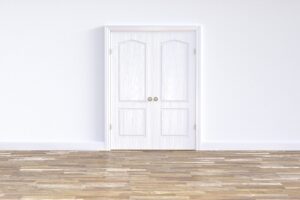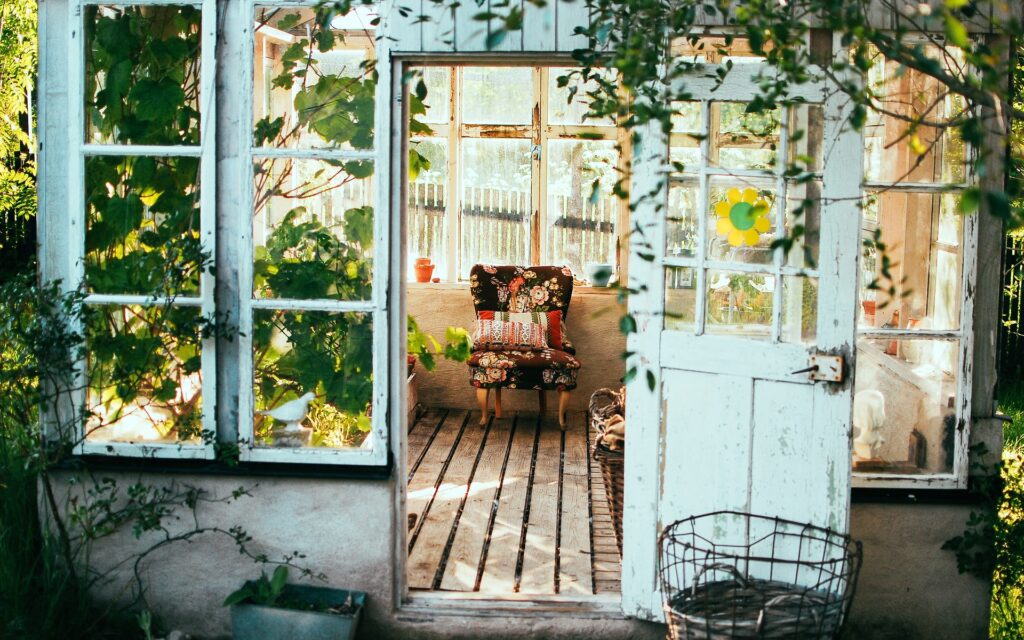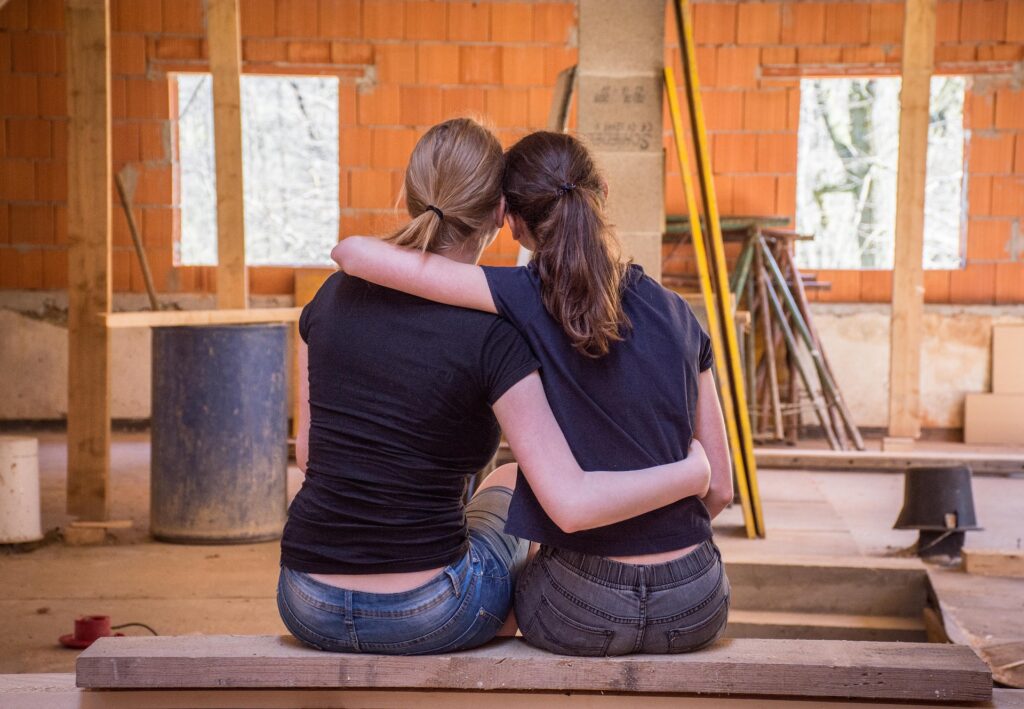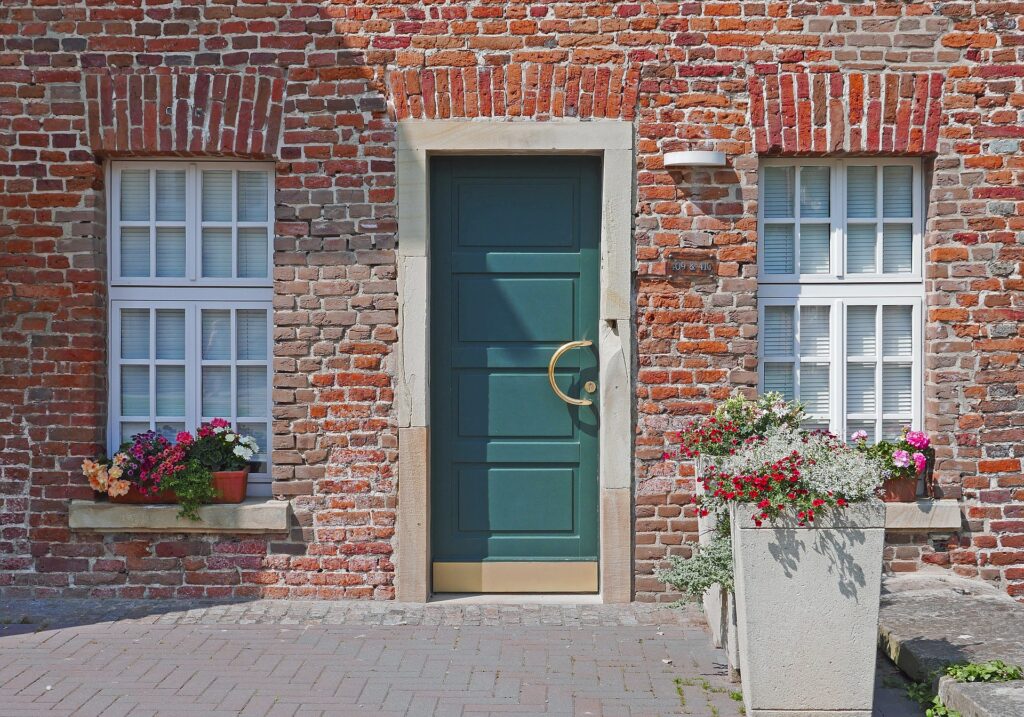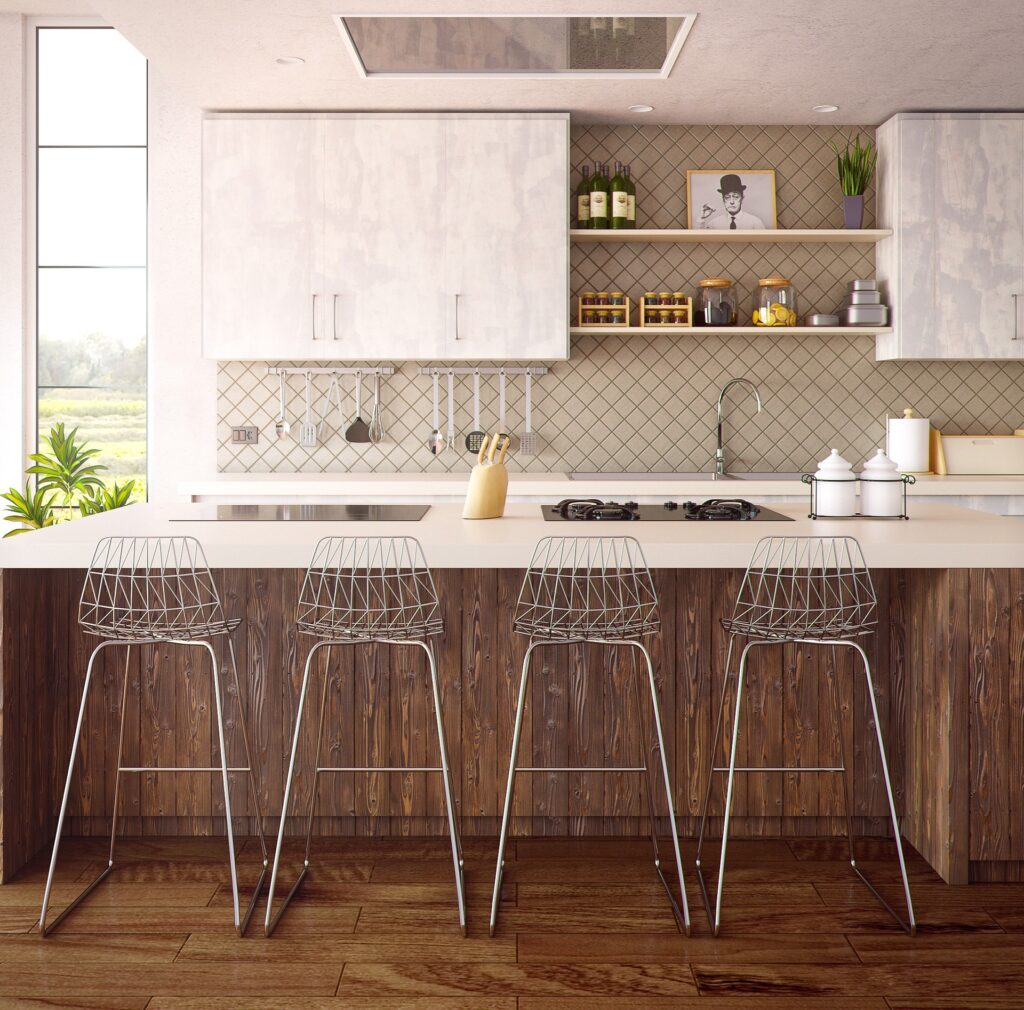Over the past 500 years, interior doors have changed in style, material and cost.
The most popular interior doors are discussed in our article below.
Tudor and Jacobean Interior Doors
Interior doors like these were first seen around the 1600s. They are made of plain vertical wooden boards, nailed together, with horizontal battens spaced out on the back. Moreover, Tudor doors would typically have cast iron hinges and handles.
Georgian
If your home is from the Georgian period, the early 1700s to mid-1800s, the doors within would typically have two to six panels with no carving or patterns. Furthermore, double doors were also common in this era.
Shaker Interior Doors
The shaker movement came about from the mid-1700s to the mid-1800s and was massively influential in the decor of homes. Shaker kitchens are still popular today.
Shaker doors are a simple design made from lightweight pine wood. Moreover, they are well-made, practical and stand the test of time whilst adding elegance to the home.
Regency
In the early 1800s, regency doors came out. These are similar to Georgian doors but tend to be carved into four or six panels. Furthermore, these were tall and were usually found in pairs, dividing reception rooms.
Victorian and Edwardian
Between the 1830s and the early 1900s was the Victorian and Edwardian periods. Moreover, Victorian doors were common in stately homes and mansions. These doors were thick and had four panels, often with glass in the top half of the door.
1920s and 1930s Interior Doors
Around 100 years ago, stained glass in doors became popular. At the same time, the increasingly popular 1930s Craftsman door came into style. These have three panels to the bottom, and a larger panel to the top, and look modern and contemporary whilst maintaining tradition.
Throughout the rest of the 1900s, plywood and flush doors became popular. Furthermore, sliding, concertina and folding doors were introduced in the 60s and 70s to maximise space within the home too.

